Frequency range: 26.5- 28MHz SWR: ≤1.2:1 Max. power: 35W continuous 250W Short time Bandwidth at S.W.R. 2:1: 1900KHz Impedance: 50ohm Whip length: 1200mm Adjustment: 0~90° Cable Length: RG58/157" Po...
See DetailsHow to optimize the radiation efficiency and gain of CB Antenna by adjusting its electrical parameters?
In today's wireless communication field, the performance of CB Antenna is crucial. Both amateur radio enthusiasts and professional communicators are eager to obtain the best communication effect. Adjusting the electrical parameters of CB Antenna is the key way to optimize its radiation efficiency and gain.
First, let's understand the concepts of radiation efficiency and gain. Radiation efficiency refers to the ratio of the power radiated by the antenna to the total power input to the antenna. The gain is the ratio of the antenna radiation intensity to the radiation intensity of the ideal point source antenna in a specific direction. Improving these two parameters means that signals can be transmitted more efficiently, the communication range can be expanded, and the communication quality can be improved.
So, how to achieve this goal by adjusting the electrical parameters? Impedance matching is an important link. The impedance of the CB Antenna should match the output/input impedance of the transmitter or receiver to ensure maximum power transmission. By adjusting the length, diameter, number of coil turns and other parameters of the antenna, the impedance of the antenna can be changed to achieve the best matching state. For example, increasing the length of the antenna can reduce its impedance, while increasing the number of coil turns can increase the impedance. In actual operation, a professional impedance analyzer can be used to measure the impedance of the antenna and adjust it according to the measurement results.
Another key parameter is the resonant frequency. The CB Antenna should resonate at a specific frequency to obtain the best radiation efficiency and gain. The resonant frequency of the antenna can be changed by adjusting parameters such as the length, capacitance and inductance of the antenna. For example, shortening the length of the antenna can increase the resonant frequency, while increasing the capacitance or inductance can reduce the resonant frequency. A spectrum analyzer can be used to measure the resonant frequency of the antenna and adjust the parameters to match it with the desired frequency.
In addition, the directivity of the antenna is also an important factor affecting the radiation efficiency and gain. Different antennas have different directivities, some antennas are omnidirectional, and some are directional. Choosing the appropriate antenna directivity according to actual needs can improve the radiation efficiency and gain. For example, in the case of long-distance communication, a directional antenna can be selected to concentrate the signal in a specific direction and improve the signal strength.
When adjusting the electrical parameters of the CB Antenna, the influence of environmental factors also needs to be considered. For example, surrounding buildings, terrain, electromagnetic interference, etc. will affect the performance of the antenna. When installing and adjusting the antenna, you should try to choose an open site, away from buildings and electromagnetic interference sources, to ensure that the antenna can perform at its best.

 English
English Español
Español
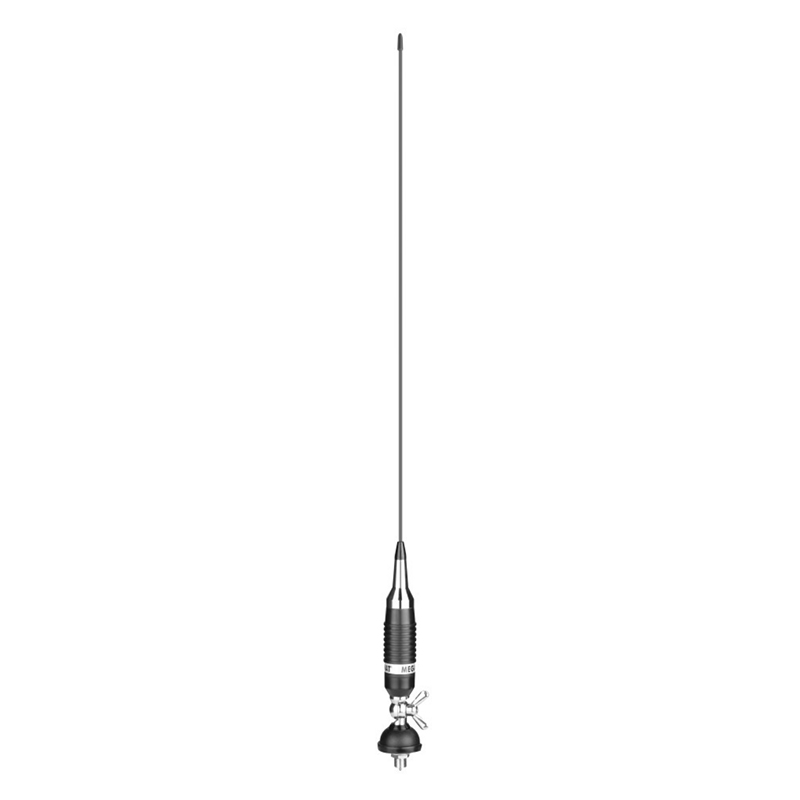
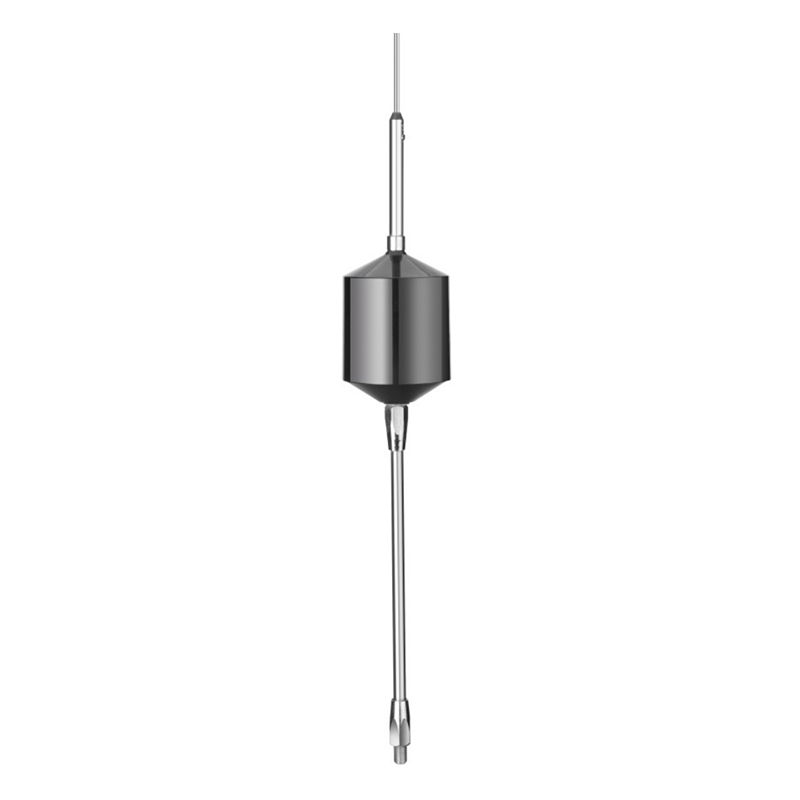

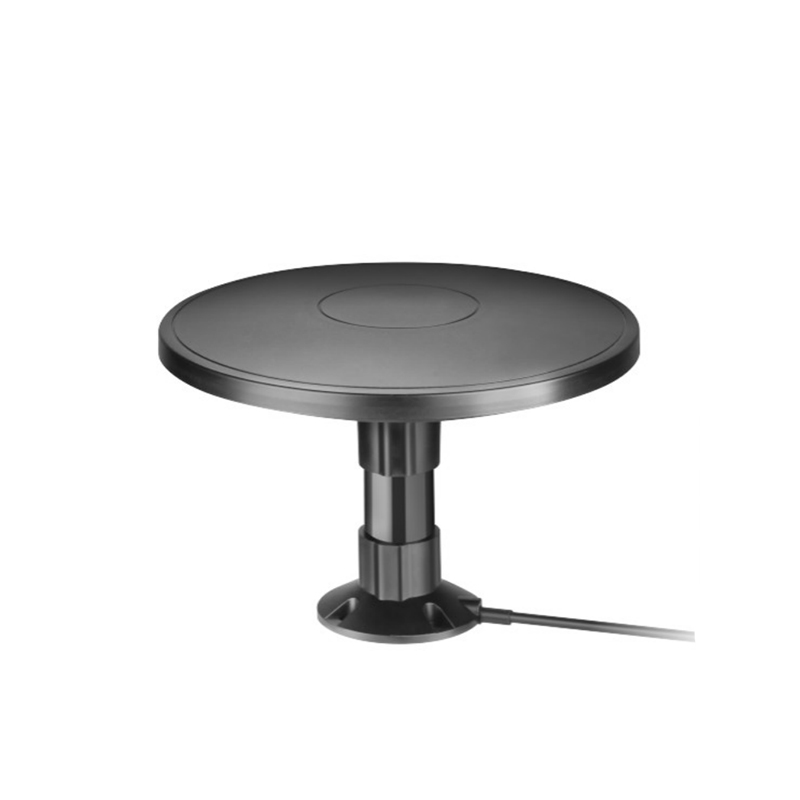
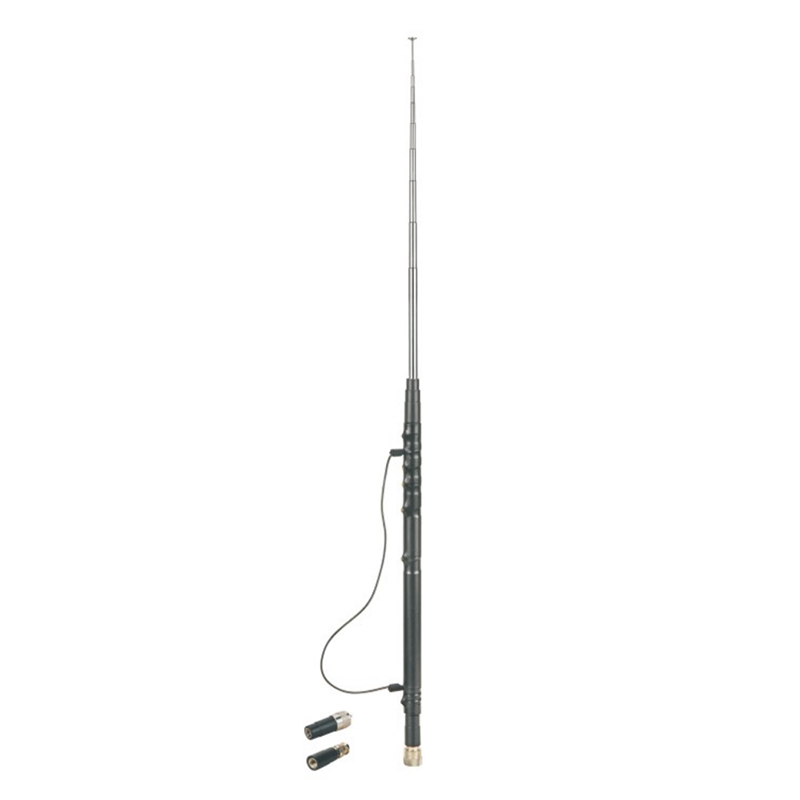

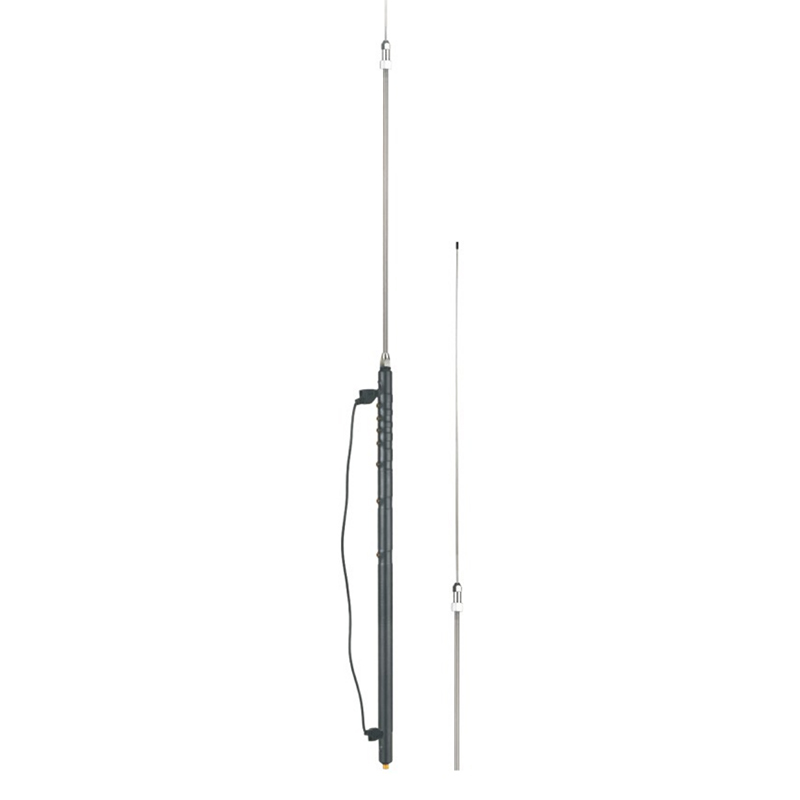
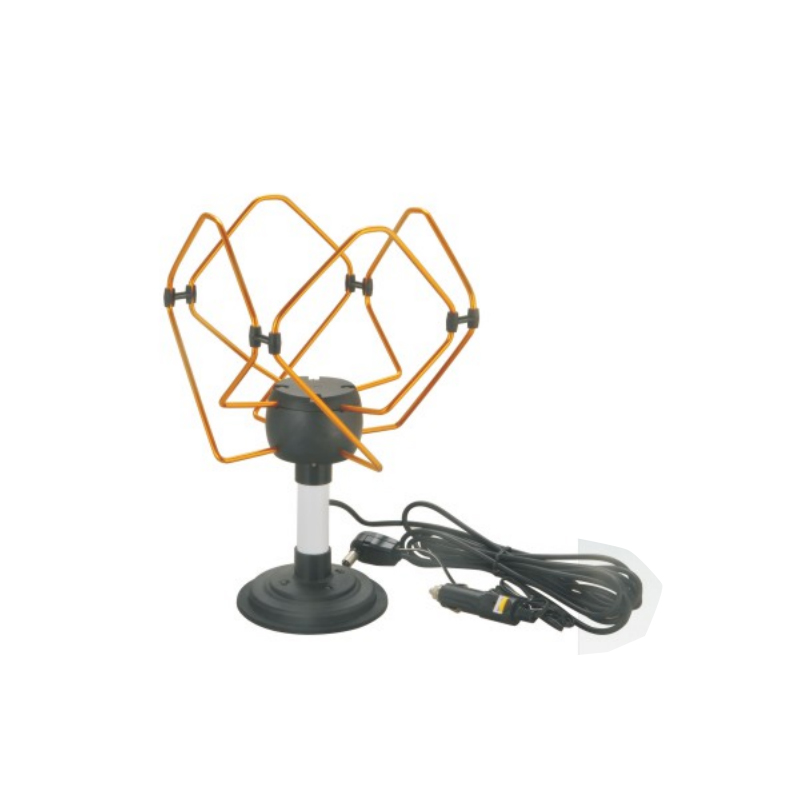
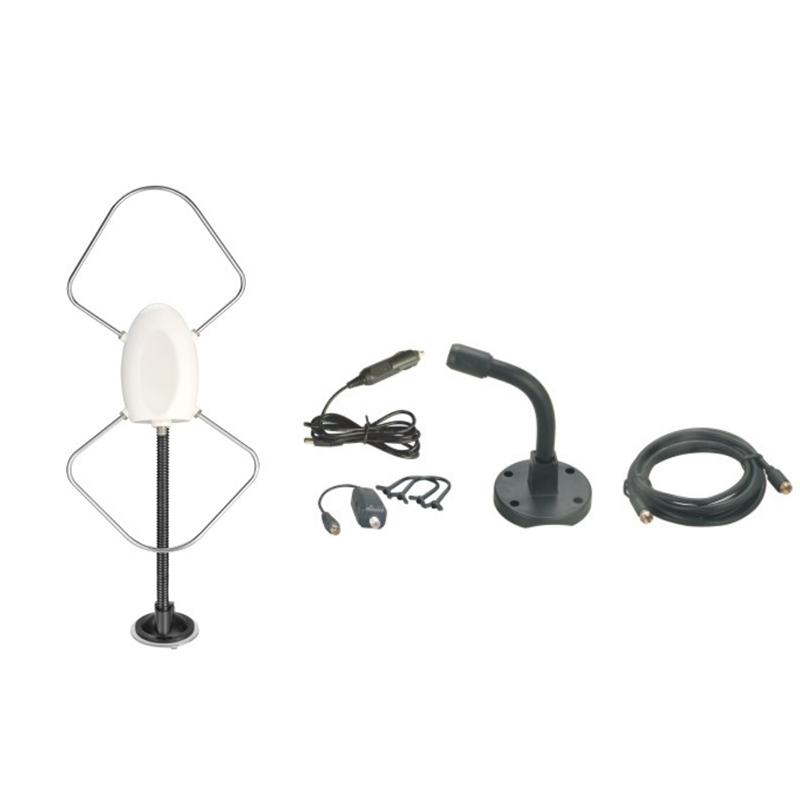
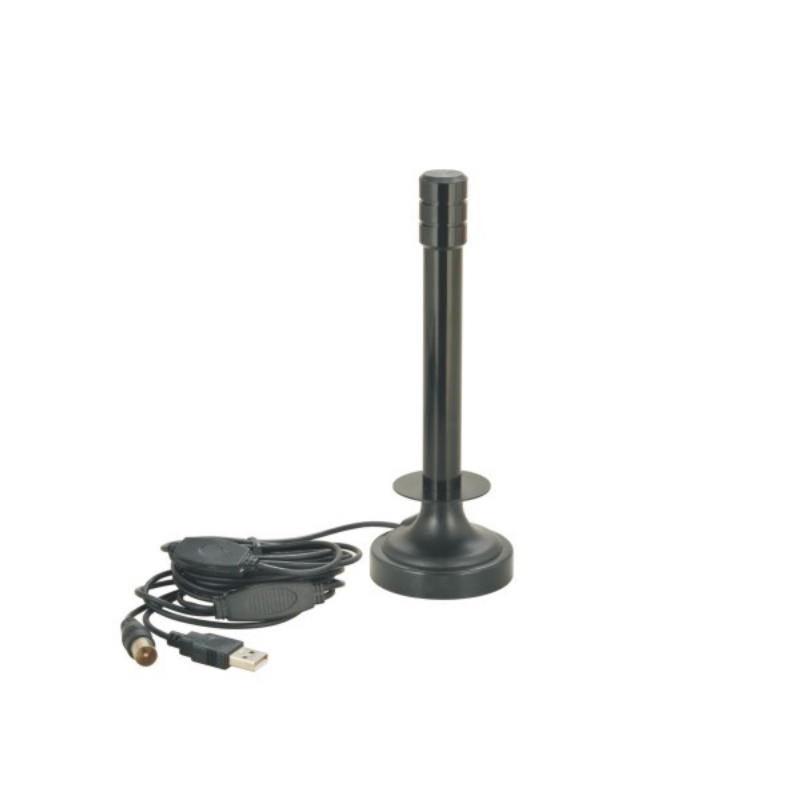
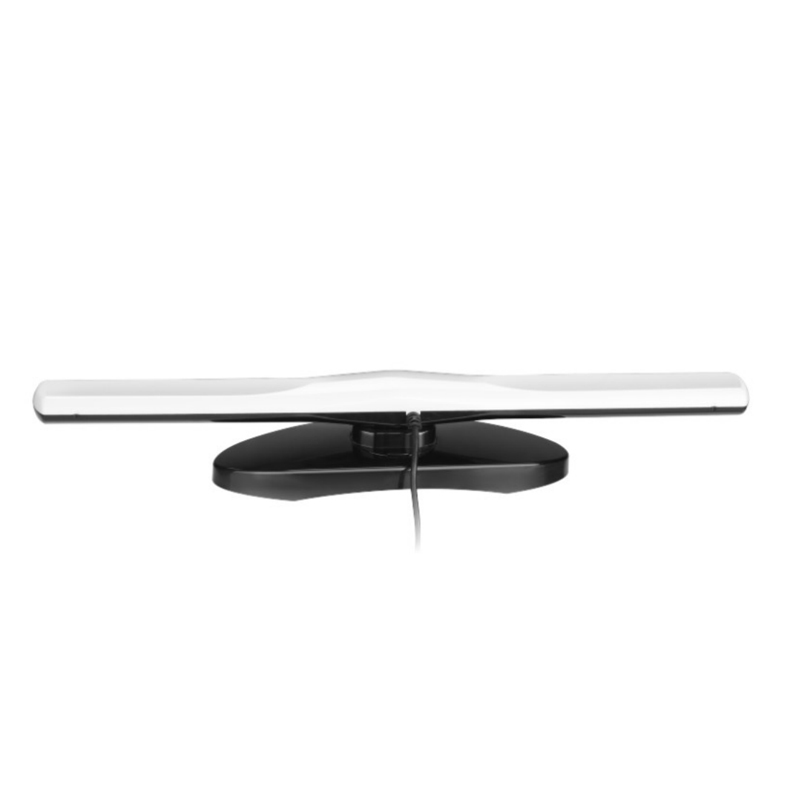
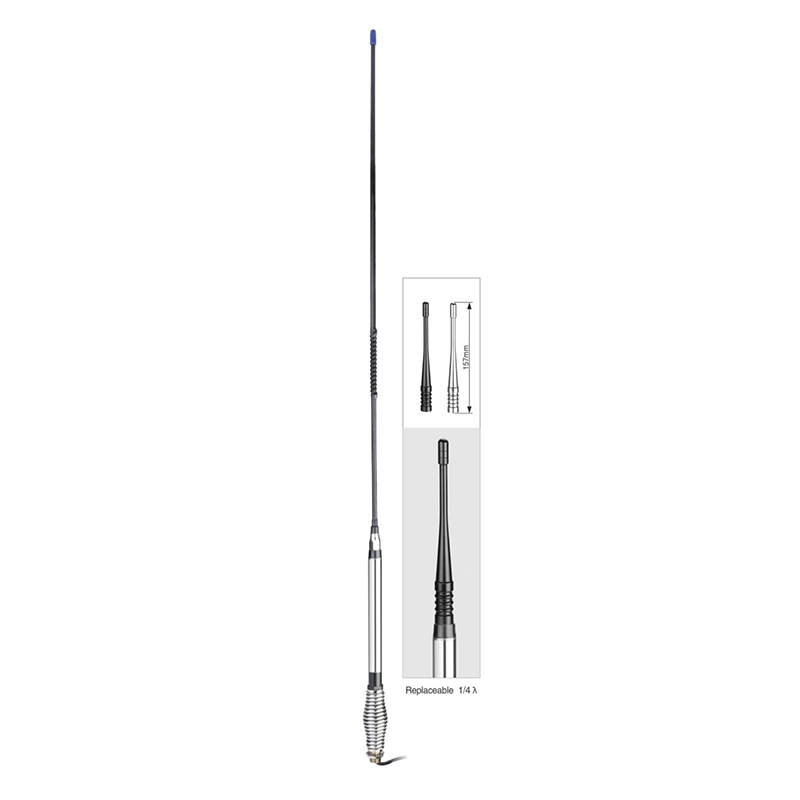

Contact Us